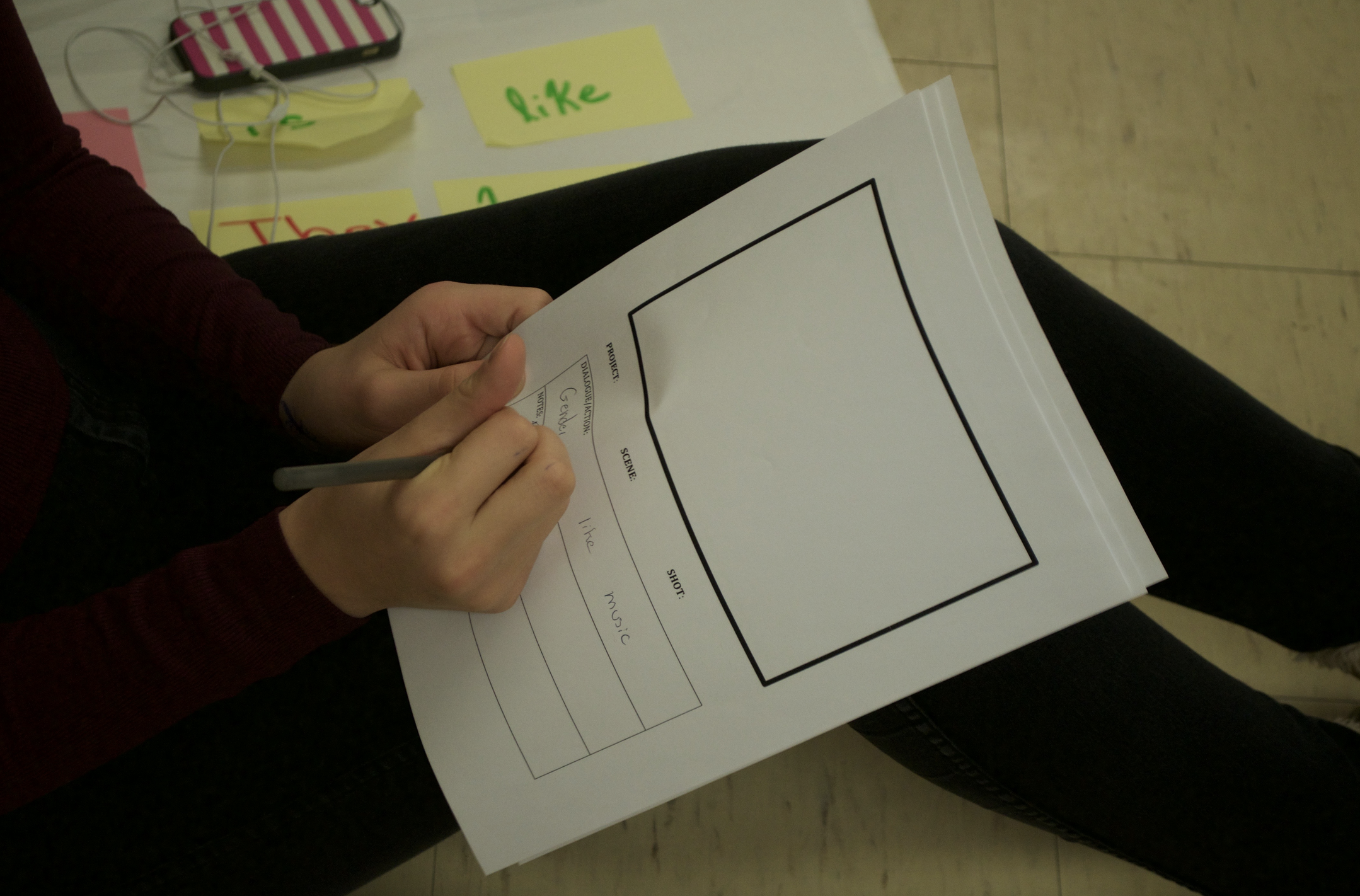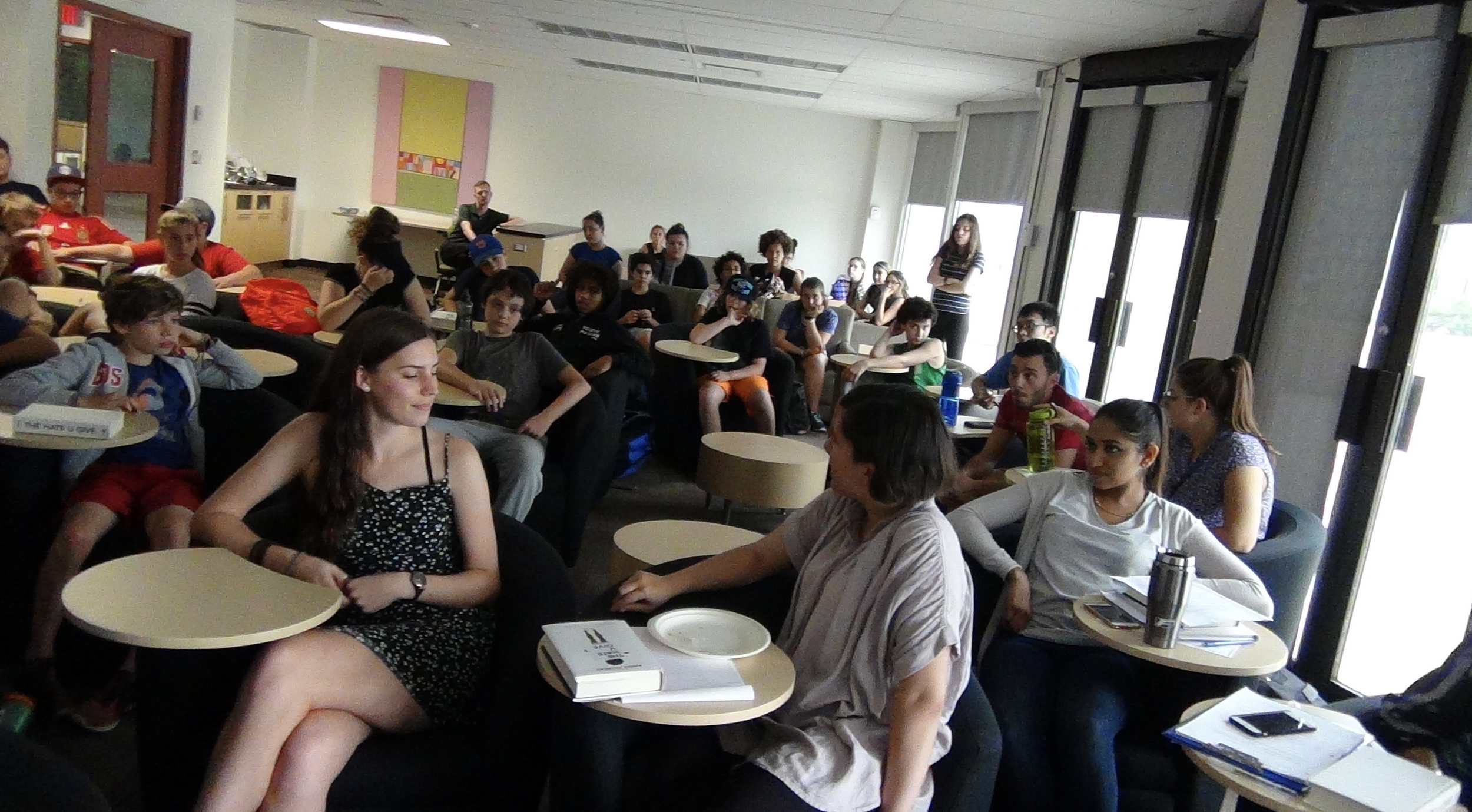Co-Creating Critical Literacy Curriculum Alongside Students
By: Rob Simon
What does it mean to re-imagine curriculum without predetermined outcomes?
What happens when teachers encourage students to raise questions and follow where those questions lead them?
Teachers often experience curriculum imposed on them from outside their schools and classrooms. Ranging from recommended titles to instructional mandates, curriculum in schools is often backwards mapped from prefigured outcomes.
How can expanding what counts as curriculum help to challenge and change power relationships in schools?
In the Addressing Injustices Project, we view curriculum as a verb. Curriculum is made and remade in community. It involves co-creation, informed by what Paolo Freire (1973) called problem-posing practices. Teachers and students discuss our responses to social issues and texts that raise them, explore problems that concern us, and frame questions.
Then, working alongside one another, teachers and students take action through a wide range of representational forms. In this way, curriculum becomes a means for young people to reimagine, remake, and represent their visions of equity.
Our collective explorations of social justice through co-creation is one way that we support new and early-year teachers to approach curriculum design and unit planning as critical collaborative inquiry. Rather than a typical teacher education project—planning curriculum for imaginary children—we reimagine what counts as curriculum alongside students.
What would a critical literacy curriculum look like if students had a say?
It might look like Papier-Maché animal masks or mannequins, a mural, a tree with book page leaves or a book turned into a life-size tent; digital stories, paintings or art installations; choose-your-own adventure games, dioramas, or a YouTube channels. Over our years learning alongside several generations of teachers and students, they continue to impress us with their inventiveness and investment in issues that matter to them. In students’ hands, critical literacy curriculum takes endless forms, suggesting hopeful possibilities for a more socially just future.

